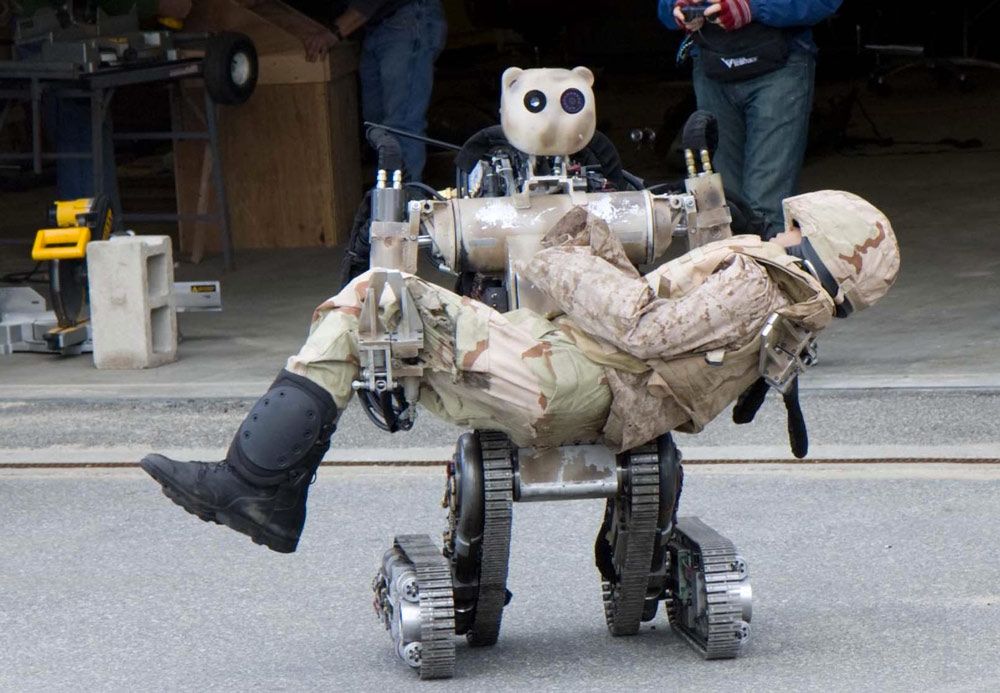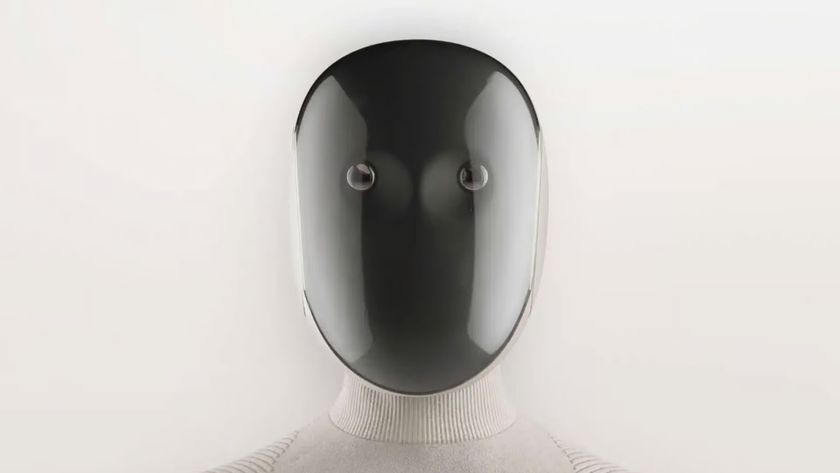US Military Wants Humanoid Robots in the Driver's Seat

A U.S. military agency once focused on self-driving robot cars has turned its attention to humanoid robots that could roam tomorrow's battlefields. An upcoming announcement suggests the military wants robots that can steer a vehicle from the driver's seat, use a key to open a locked door, climb a ladder and perform handyman repairs.
The robots must also have the brains to carry out their jobs with only loose supervision from humans, based on the unofficial leak of a new Grand Challenge for humanoid robots hosted by the U.S. Defense Advanced Research Projects Agency (DARPA). Such details emerged from a talk by Gill Pratt of DARPA at the Defense Threat Reduction Agency's Industry Day held on March 20, according to the robotic news portal Hizook.
DARPA previously held several Grand Challenge events focused on having robot cars navigate obstacle courses. But the military agency has shown a strong interest in legged robots by funding projects such as Boston Dynamics' four-legged robotic mule designed to carry battle gear for U.S. Marines, a robot cheetah that broke the land speed record for robots, and even a two-legged running robot named Petman.
Now, DARPA seems ready to launch a new Grand Challenge that pushes robotic abilities to new levels. The robots must have the coordination to drive an "open frame utility vehicle" such as a tractor, as well as cross 328 feet (100 meters) of a rubble-filled hallway on foot. Similarly, their fingers, arms and legs must prove capable of dealing with the locked doors, ladders, leaky pipe valves and broken pumps.
DARPA plans to issue contracts for six hardware teams and 12 software teams, according to a detailed account relayed on Hizook by Kent Massey, director of advanced programs at HDT Robotics. The software teams must show their robotic programming skills on a government-contracted robot designed for the challenge.
The robot tests listed for the new Grand Challenge suggest something that could perform well in future industrial disasters — a full-fledged robotic substitute for human workers in dangerous scenarios. That could prove especially useful for cases such as the post-meltdown aftermath of Japan's Fukushima nuclear facility.
DARPA's new Grand Challenge would run twice, so that teams could have two shots at cracking the code for humanoid robots. But the difficulties seem high enough so that DARPA expects no robot to succeed in the first event.
Sign up for the Live Science daily newsletter now
Get the world’s most fascinating discoveries delivered straight to your inbox.
Many of the Grand Challenge requirements seem oddly suited to the U.S. Navy's vision for a humanoid firefighting robot — one that can thread narrow ship corridors, climb ladders and hurl extinguisher grenades while obeying human voice and motion commands. But DARPA may have set the bar higher by demanding that future humanoid robots do all those tasks more or less on their own.
This story was provided by InnovationNewsDaily, a sister site to LiveScience. Follow InnovationNewsDaily on Twitter @News_Innovation, or on Facebook.













